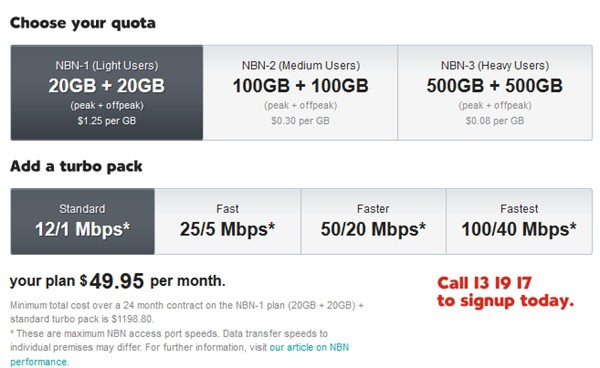
Note: This is a guest post written by Peter Marks
High Definition Television (HDTV) is considered to be one of the most groundbreaking revolutions in the world of entertainment. Just when the world thought that the viewing experience can’t get any better, the inventors came up with the Ultra High Definition Televisions (UHDTVs).
The launch of UHDTVs has been one of the most attention-grabbing events lately. 4K TV, a member of the UHDTV family, has already been launched in many parts of the world, including Australia, and has been presaged as one of the most promising future aspects of the television industry.
The picture quality delivered by these televisions is far more impressive than the greatly successful predecessors, and is considered equal to 3D; though many might have their own take on the comparison. The technology housed in these televisions makes them highly impressive, which makes them capable of delivering real life-like pictures to the viewers.
National Broadband Network
The normal HD channels work smoothly at a speed of 6-8 Mbps. However, the ultra-modern 4K televisions display content in a far higher resolution as compared to the standard HDTVs, and would require at least 25-30 Mbps per TV for uninterrupted crystal clear streaming. This is where the role of NBN broadband comes into play.
The National Broadband Network is one of the largest and the fastest fibre-based broadband provider in Australia. With the combination of fast fibre optics, satellite and wireless technology, NBN provides reliable broadband services at a faster speed of up to 100 Mbps.

The tech-savvy people call it ‘Fibre to the Home’ or FTTH service.
According to 4K TV manufacturers and the NBN executives, the 100 Mbps fibre optic network of NBN would be the most effective and efficient mediums of delivering ultra high definition content to TVs over IP, cable or satellite. It would, therefore, become mandatory for 4K TV owners to have NBN connectivity for some real UHDTV experience.
The National Broadband Network aims at collaborating with the traditional broadcasters for delivering the content through their fast fibre optic network. By getting the traditional service providers on board, NBN aims at catering to the UHDTV content-viewing needs of more than 90 % of the Australian population, rather than just limiting the access to the faster broadband handy areas.
Spectrum, one of the most precious and finite resources used for terrestrial TV broadcasting in Australia, would be consumed quite early if used for broadcasting 4K TV content. Also, using wireless and satellite transponders for transmitting the UHD data streams will turn out to be a costly affair and will require increasing the requirement of the transponder bandwidth.
In such a scenario, broadcasting the new 4K resolution to the Australian customers would only be possible through the cost-efficient and effective National Broadband Network’s fixed line optic fibre network.
With the National Broadband Network trying to get every single television broadcaster on board, the users would be able to retain their telephone and Internet services from their existing provider.

NBN broadband fibre optics will help in enhancing the streaming speed by a considerable amount, thereby enabling the users to avail more benefits from their existing plans. On the other hand, purchasing NBN broadband would be an even better option, providing the users with a lightning fast speed at amazingly low rates.
The all-in-one iiNet NBN plans include Netphone, Bob2 and data connectivity to the users at impressive monthly plans.

NBN Broadband – Conclusion
So, if the citizens of Australia want to enjoy some UHD picture quality on their 4K TVs in the future, shifting to the NBN fibre optic network would be the best possible, or rather to say, the only available situation for now.
At a certain point of time in the future, any other service provider might also start providing such lightning fast connectivity.
However, for the time being, NBN broadband service is the only choice.
Note: This guest post was written by Peter Marks






